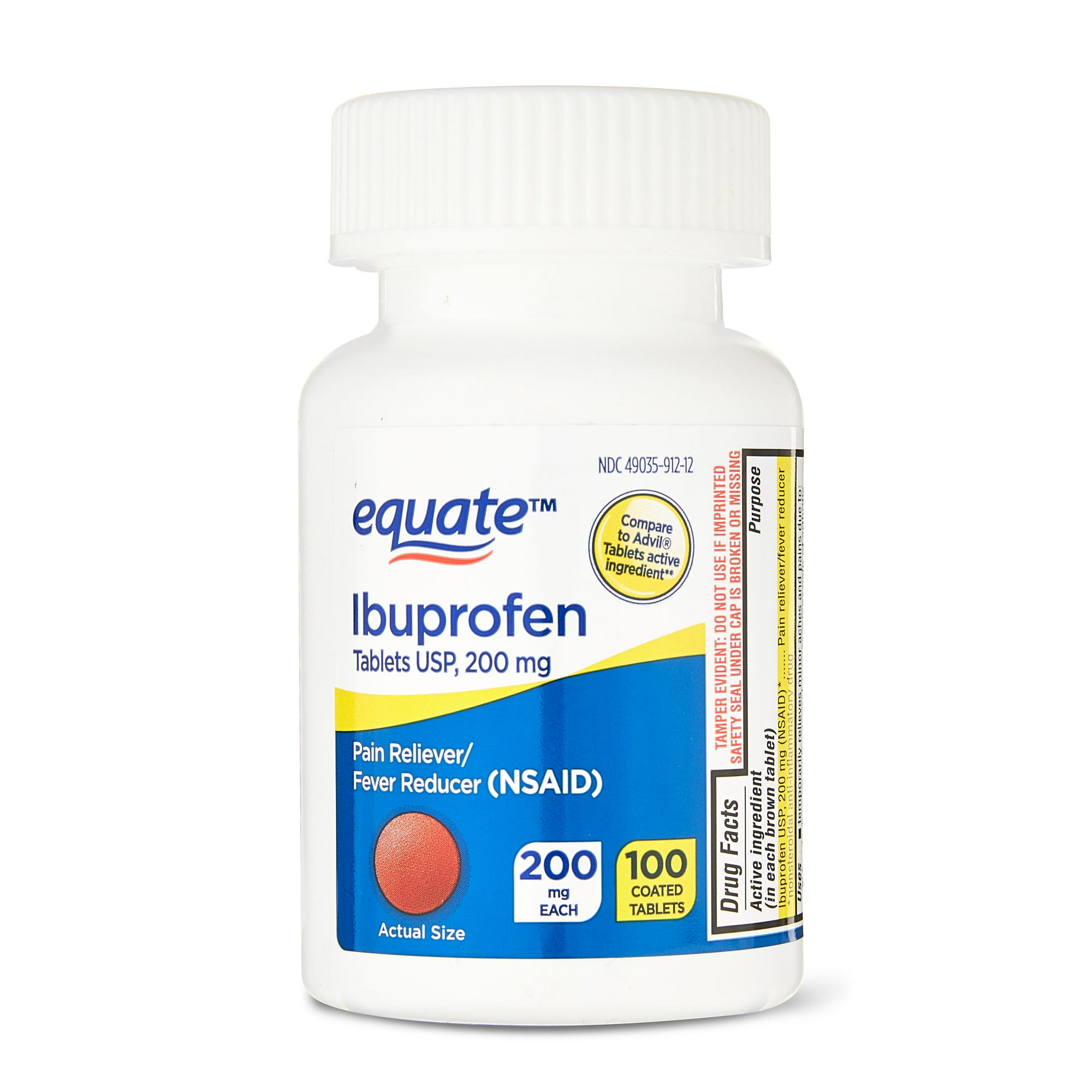What are the symptoms of tennis elbow?
Tennis elbow, or lateral epicondylitis, is a condition that results from inflammation of the tendons that attach to the outer elbow. Symptoms typically include:
- Elbow Pain: A dull or aching pain on the outer side of the elbow, which may worsen with activity or when gripping or lifting objects.
- Tenderness: Sensitivity and tenderness to the touch on the bony prominence on the outside of the elbow (lateral epicondyle).
- Weakness: Weakness in the forearm, making it difficult to hold or lift objects, or perform tasks that involve gripping.
- Stiffness: Stiffness in the elbow joint, particularly in the morning or after periods of inactivity.
- Radiating Pain: Pain that may radiate down the forearm towards the wrist, especially when performing movements that involve twisting or gripping.
- Pain with Movement: Increased pain with movements that involve extending the wrist or fingers, such as shaking hands or using tools.
These symptoms are often aggravated by repetitive activities that involve the use of the forearm and wrist, such as playing tennis, typing, or painting.
What are the causes of tennis elbow?
Tennis elbow, or lateral epicondylitis, is caused primarily by overuse and repetitive stress on the elbow. The main causes include:
- Repetitive Strain: Engaging in repetitive motions, especially those that involve gripping or twisting, can strain the tendons attached to the outer elbow. This is common in sports like tennis (from swinging a racket), but can also occur in activities like painting, typing, or using tools.
- Overuse: Excessive use of the forearm muscles, often due to repetitive activities or sudden increases in activity intensity, can lead to inflammation and microscopic tears in the tendons.
- Poor Technique: Using improper technique or form during activities, such as an incorrect tennis stroke or improper posture at a workstation, can increase stress on the elbow tendons.
- Muscle Imbalances: Imbalances between the muscles of the forearm and upper arm can lead to increased stress on the tendons. For example, weak shoulder or upper arm muscles can place more strain on the elbow tendons.
- Age-Related Changes: As people age, tendons become less flexible and more prone to injury. Tennis elbow is more common in adults between the ages of 30 and 50 due to these age-related changes.
- Direct Injury: An acute injury or trauma to the elbow can exacerbate or lead to the development of tennis elbow.
- Inappropriate Equipment: Using equipment that is too heavy or improperly designed, such as a tennis racket with an unsuitable grip size or string tension, can contribute to the development of tennis elbow.
- Pre-existing Conditions: Certain medical conditions, like rheumatoid arthritis or other inflammatory conditions, can increase the risk of developing tennis elbow.
Understanding these causes is important for preventing and managing tennis elbow effectively. Adjusting activity levels, improving technique, and using proper equipment can help reduce the risk of developing this condition.
What is the treatment for tennis elbow?
Treatment for tennis elbow, or lateral epicondylitis, focuses on reducing pain and inflammation, promoting healing, and preventing further injury. Common treatment approaches include:
- Rest and Activity Modification: Reducing or avoiding activities that aggravate the elbow can help relieve symptoms. Resting the affected arm allows the tendons to heal.
- Ice Therapy: Applying ice to the outer elbow for 15-20 minutes several times a day can help reduce pain and inflammation, particularly in the acute phase.
- Medications: Over-the-counter nonsteroidal anti-inflammatory drugs (NSAIDs) like ibuprofen or naproxen can help manage pain and inflammation. In some cases, a doctor may prescribe stronger medications if needed.
- Physical Therapy: A physical therapist can guide you through exercises to strengthen the forearm muscles, improve flexibility, and correct any biomechanical issues. Stretching and strengthening exercises can be particularly beneficial.
- Bracing: Using a forearm brace or elbow strap can help reduce strain on the tendons by resting the muscles and redistributing the stress away from the elbow.
- Heat Therapy: After the initial inflammation has subsided, applying heat to the affected area can help relax and loosen the muscles and tendons.
- Ultrasound or Shockwave Therapy: These therapies use sound waves to stimulate healing in the affected tendon and reduce pain. They can be particularly useful for chronic cases.
- Corticosteroid Injections: If other treatments are not effective, corticosteroid injections may be used to reduce inflammation and pain. However, these are typically used sparingly due to potential side effects.
- Platelet-Rich Plasma (PRP) Therapy: PRP therapy involves injecting a concentration of the patient’s own platelets into the affected tendon to promote healing. This treatment is still being studied but has shown promise in some cases.
- Surgery: In rare cases where conservative treatments are ineffective, surgical options may be considered. Surgery can involve removing degenerated tissue or repairing the damaged tendon. Surgery is generally reserved for severe or persistent cases.
- Gradual Return to Activity: Once symptoms improve, gradually returning to activities and exercises can help prevent re-injury. It’s important to incorporate proper technique and avoid overuse.
Each treatment plan is tailored to the individual’s condition and response to initial therapies. Early intervention and adherence to a treatment plan are key to a successful recovery from tennis elbow.

Leave a Reply
You must be logged in to post a comment.